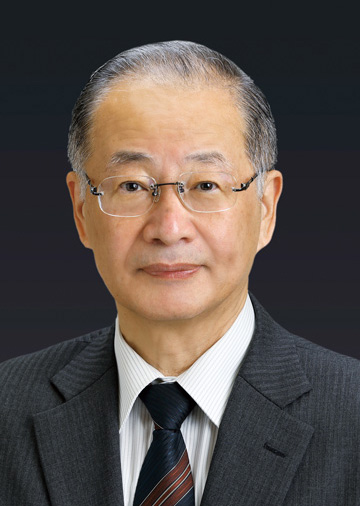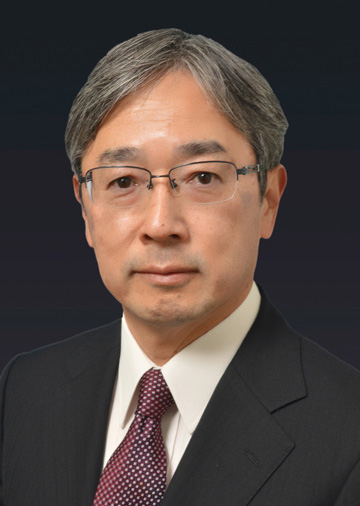

Distinguished Professor/Specially Appointed Professor, Tohoku University

Principal Researcher, National Institute of Information and Communications Technology
Through their development and practical application of semiconductor laser pumped optical amplifier, Professor Masataka Nakazawa and Mr. Kazuo Hagimoto have made major contributions to wavelength division multiplexing (WDM), quadrature amplitude modulation (QAM), digital coherent transmission technologies, and other elements necessary to achieving long-distance, high-capacity optical fiber communication networks. They helped carve out a path for the basic long-distance, high-capacity optical data communication technologies needed to support intercontinental communications through submarine optical fibers, and to handle the immense annual increase in data volume our global internet society deals with today.
Single mode fiber optical communication became practical in the 1980s, but long-distance communication required repeaters placed as much as forty kilometers apart to boost signal strength. There were high expectations for the emergence of compact, broadband optical amplifiers to replace the large, high-power electronic amplifiers then in use. Nakazawa and Hagimoto successfully overcame the various difficulties researchers had faced until then, which lead to the development of the compact, high-efficiency broadband optical amplifier called the erbium-doped fiber amplifier (EDFA). Nakazawa’s contribution came from being the first to propose using a 1.48 μm InGaAsP laser diode as an optical source to excite an erbium-doped fiber. The 1.5 μm low-loss band for fiberoptic communication has 0.2 dB/km attenuation due to scattering, absorption, etc., but Nakazawa’s method achieved a gain of 12.5 dB across a wide area at the 40 nm band. It was previously necessary to use an extremely large, roughly 1.5 m square excitation light source as an optical amplifier, but Nakazawa’s work opened the door to building a more practical optical communication system that could use a compact, broadband optical amplifier that could be powered by battery. Shortly afterwards, Hagimoto built on Nakazawa’s proposal and successfully conducted a long-distance transmission of 212 km using a 1.8 Gbit/s intensity modulated direct detection system that harnessed a higher power output compact optical amplifier only roughly 10 cm square, thereby being the first researcher in the world to demonstrate the practicality of EDFA. Their work has dramatically advanced the practical application of topical communication systems, and within only five years of its development, their optical repeater had been adopted for use in trans-Pacific and trans-Atlantic submarine long-distance communication network cables, becoming the main repeater in use in the networks that connect the world. In addition, the use of optical communication has grown rapidly since the mid-1990s as EDFAs can amplify multiple optical signals simultaneously coupled with WDM leading to the development of high-capacity technologies, and the path to terabit-level optical transmission has been opened through international standardization led by Hagimoto and others.
The work of Nakazawa and Hagimoto has made it possible to diversify and increase the capacity of the information resources used on the global internet, and has supported the explosive increase in use worldwide. High-speed, large-capacity optical communication systems are now available at low cost, which has also made possible the dramatic expansion of the social networks, cloud services, and other elements of the information infrastructure we use in our daily lives.
For these reasons, we believe that the achievements of Professor Masataka Nakazawa, and Mr. Kazuo Hagimoto mark them as worthy recipients of the 2023 Japan Prize honoring contributions to the field of Electronics, Information, and Communication.